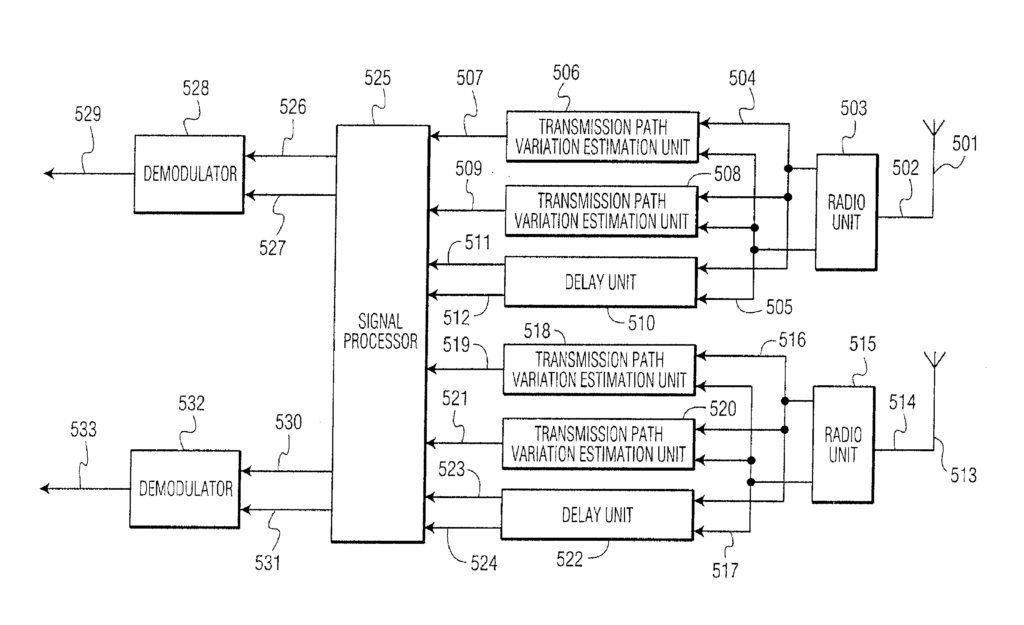Boost Signal Clarity with Advanced Reception Technology
Introduction
In today’s fast-paced digital world, clear and reliable signal reception is critical to the seamless functioning of communication systems, broadcasting networks, and consumer electronics. Poor reception can lead to lost signals, lower-quality transmissions, and a frustrating experience for consumers. Our patented reception apparatus offers a powerful solution to these challenges, providing advanced technology that improves signal clarity, reduces interference, and ensures reliable performance across multiple applications.
Challenges in Signal Reception
Signal reception is the backbone of many industries, from telecommunications to broadcasting and beyond. However, as the demand for higher quality and faster communication grows, so does the complexity of managing signal interference and degradation. Current reception technologies often struggle with external noise, distance limitations, and inconsistent quality, which can result in poor user experiences and operational inefficiencies.
These challenges are particularly felt in industries like telecommunications, where maintaining strong signal integrity is essential for effective communication, and in consumer electronics, where end-users expect seamless device performance without interruptions.
Why Choose Advanced Reception Technology?
Our advanced reception technology is designed to enhance signal clarity and reliability across a wide range of devices and applications. Whether it’s improving communication between telecommunications networks or ensuring consistent signal reception for broadcasting systems, this apparatus excels in delivering high-quality performance.
The technology minimizes signal degradation by reducing interference and amplifying reception even in difficult environments. This makes it an ideal solution for industries that rely on uninterrupted signal quality, such as broadcasting stations, mobile networks, and home entertainment systems. Additionally, its versatile design allows it to be integrated into various devices, from smartphones to televisions, offering a comprehensive solution for improving reception.
Key Benefits
- Superior Signal Clarity: Enhances reception by reducing interference and ensuring reliable performance.
- Versatile Applications: Can be integrated into telecommunications, broadcasting, and consumer electronics.
- User Satisfaction: Improves user experiences by providing uninterrupted, high-quality signals.
- Cost-Efficient: Reduces the need for frequent maintenance or upgrades due to poor reception.
Elevate Connectivity with Advanced Reception Technology
Licensing this cutting-edge reception technology provides companies with a significant edge in delivering exceptional signal quality. Whether applied in telecommunications, broadcasting, or consumer electronics, this solution offers the reliability and performance that today’s industries demand. Empower your products with the technology that ensures seamless, clear reception every time.

- Abstract
- Claims
1. A reception apparatus comprising:
2. A reception apparatus comprising:
Share
Title
Reception apparatus
Inventor(s)
Yutaka Murakami, Masayuki Orihashi, Akihiko Matsuoka
Assignee(s)
Panasonic Intellectual Property Corp of America
Patent #
7266167
Patent Date
September 4, 2007
